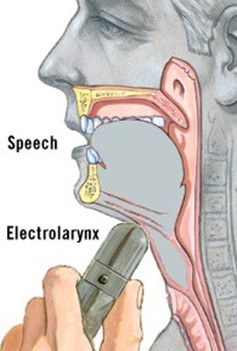A nurse is caring for a client who has a new diagnosis of terminal cancer.
Which of the following interventions is the priority?
Discuss the client's prior coping mechanisms.
Teach the client to use progressive relaxation techniques.
Help the client to find a local support group.
Develop a list of goals with the client.
The Correct Answer is A
The priority intervention for a client with a new diagnosis of terminal cancer is to discuss the client’s prior coping mechanisms.
This can help the nurse understand how the client has dealt with difficult situations in the past and can provide insight into how the client may cope with their current diagnosis.
Choice B is wrong because while teaching the client to use progressive relaxation techniques may be helpful in managing stress and anxiety, it is not the priority intervention.
Choice C is wrong because while helping the client find a local support group may provide emotional support, it is not the priority intervention.
Choice D is wrong because while developing a list of goals with the client may provide direction and focus, it is not the priority intervention.
Nursing Test Bank
Naxlex Comprehensive Predictor Exams
Related Questions
Correct Answer is D
Explanation
Ask a second nurse to record her signature when wasting any unused portion of the controlled substance.
This is because if a controlled substance is wasted, this waste must be witnessed by and documented by the wasting nurse and another nurse.
Choice A is wrong because the count total of the controlled substance should be verified before removing the amount needed, not after.
Choice B is wrong because the wasted portion of the controlled substance should not be placed in the sharps container.
It should be disposed of according to facility/agency policy.
Choice C is wrong because any discrepancy in the count total of the controlled substance should be reported immediately, not after administration 1.
Correct Answer is B
Explanation
This is the nurse’s priority intervention for a client undergoing a total laryngectomy because it is important for the client to understand how to use an artificial larynx to communicate after the surgery.

Choice A is wrong because explaining the techniques of esophageal speech is not the priority intervention for a client undergoing a total laryngectomy.
Choice C is wrong because determining the client’s reading ability is not the priority intervention for a client undergoing a total laryngectomy.
Choice D is wrong because scheduling a support session for the client is not the priority intervention for a client undergoing a total laryngectomy.
Whether you are a student looking to ace your exams or a practicing nurse seeking to enhance your expertise , our nursing education contents will empower you with the confidence and competence to make a difference in the lives of patients and become a respected leader in the healthcare field.
Visit Naxlex, invest in your future and unlock endless possibilities with our unparalleled nursing education contents today
Report Wrong Answer on the Current Question
Do you disagree with the answer? If yes, what is your expected answer? Explain.
Kindly be descriptive with the issue you are facing.
